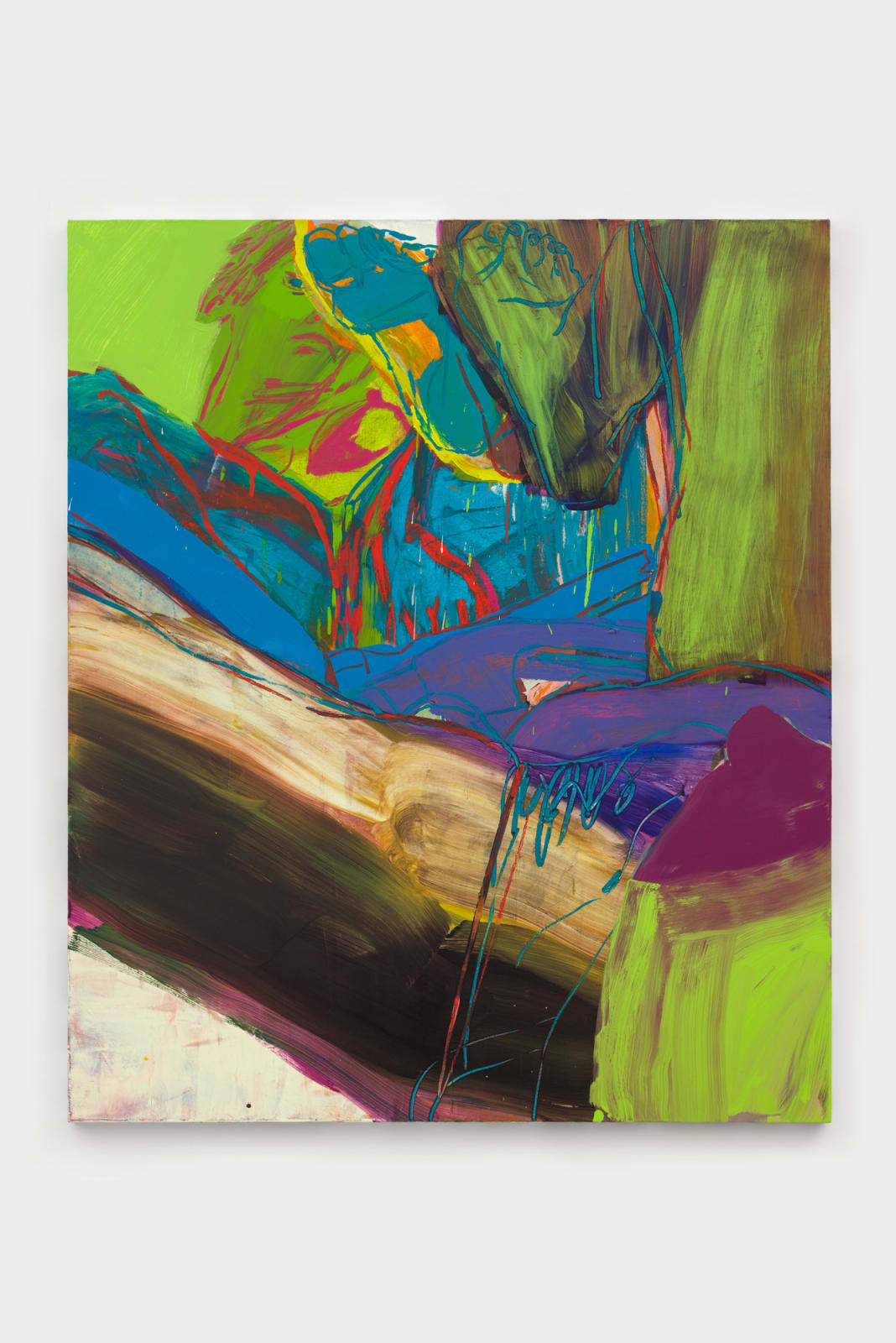
Sarah Faux


This website uses cookies
This site uses cookies to help make it more useful to you. Please contact us to find out more about our Cookie Policy.